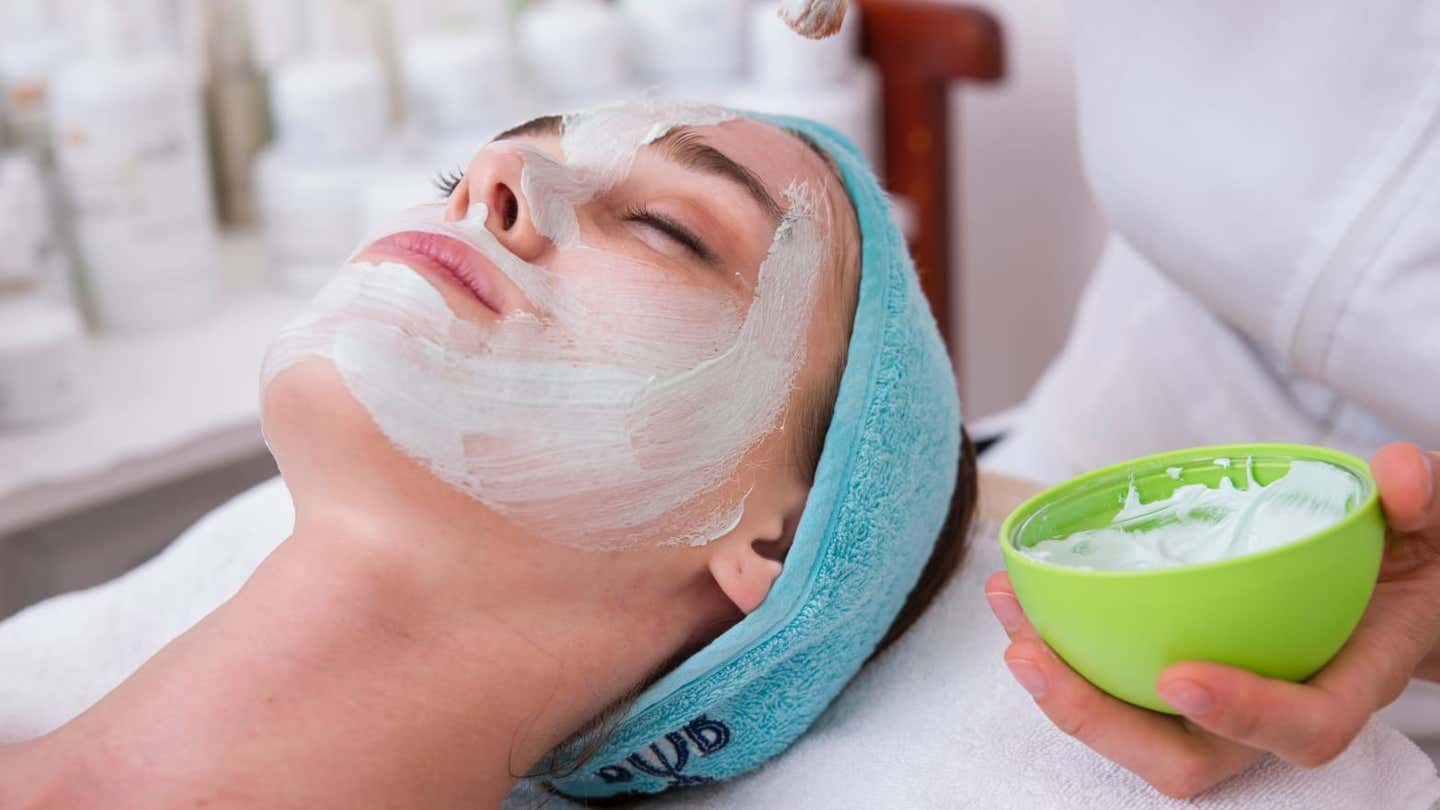Common weed may be the key to an anti-aging breakthrough
A plant that is often considered a noxious weed may hold the key to better skin protection and wound healing, according to new research.

[Mar. 30, 2023: JJ Shavit, The Brighter Side of News]
The fruit of the cocklebur plant, which grows worldwide, has been found to have antioxidant and anti-inflammatory components. (CREDIT: Unsplash)
A plant that is often considered a noxious weed may hold the key to better skin protection and wound healing, according to new research. The fruit of the cocklebur plant, which grows worldwide, has been found to have antioxidant and anti-inflammatory components that could make it useful as a skin protectant.
In addition, compounds in the fruit appear to influence the production of collagen, a protein that gives skin its elasticity and prevents wrinkles.
The study, conducted by Eunsu Song, a doctoral candidate at Myongji University in South Korea, and Myongji University Professor Jinah Hwang, is the first to examine the properties of cocklebur fruit extracts as a wound-healing agent and skin protectant. The findings were presented at Discover BMB, the annual meeting of the American Society for Biochemistry and Molecular Biology, in Seattle.
Cocklebur is a plant native to Southern Europe, Central Asia, and China that has spread worldwide, often found in moist or sandy areas such as roadside ditches and riverbanks.
Related Stories:
Its distinctive fruits, covered in stiff husks and burrs, have been used for centuries in traditional medicines for headache, stuffy nose, disorders of skin pigmentation, tuberculosis-related illness, and rheumatoid arthritis. In recent years, scientists have explored its potential use in treatments for rheumatoid arthritis and cancer.
To examine the properties of cocklebur fruit extracts, the researchers first studied their molecular properties and isolated particular compounds that could contribute to anti-oxidant and anti-inflammatory effects. They then used cell cultures and a 3D tissue model with properties similar to human skin to study how these compounds affect collagen production, wound healing, and damage from UVB radiation.
The results showed that the cocklebur fruit extracts encouraged collagen production, sped wound healing, and exerted a protective effect against UVB radiation. Comparing the bioactivity of cocklebur fruits grown in different places, the researchers found that fruits grown in South Korea had slightly higher anti-oxidant and anti-inflammatory properties and greater wound-healing activity than those grown in China.
Scientists suggest invasive weed has anti-ageing potential (CREDIT: Lynne Cameron/PA Archive)
“We found that cocklebur fruit has the potential to protect the skin and help enhance production of collagen,” said Song. “In this regard, it could be an attractive ingredient for creams or other cosmetic forms. It will likely show a synergistic effect if it is mixed with other effective compounds, such as hyaluronic acid or retinoic acid, against aging.”
However, the researchers cautioned that high doses of cocklebur fruit extract can be harmful, and further research is needed to determine how to use it safely in cosmetic or pharmaceutical applications. In its burrs, cocklebur fruit also has a toxic constituent, carboxyatractyloside, which can damage the liver. Therefore, finding the proper concentration is essential to commercializing cocklebur fruit extracts in cosmetics.
Moving forward, the researchers plan to further study the biological mechanisms involved and conduct experiments in animal alternatives to explore ways to safely adapt cocklebur fruit extracts for use in cosmetic products.
The potential benefits of cocklebur fruit extracts could offer a promising alternative to traditional cosmetic products. With the rise of the natural skincare industry and the demand for non-toxic, environmentally friendly products, the discovery of new ingredients could lead to innovative cosmetic formulations.
As the researchers continue to explore the properties of cocklebur fruit extracts, the hope is that this plant could provide new opportunities for the skincare industry and improve the health and appearance of our skin.
Previous studies related to the benefits of cocklebur fruit extracts
Scientific studies have explored the potential medical uses of cocklebur fruit extracts beyond skin protection and wound healing. Here are some examples:
Rheumatoid arthritis: A study published in the Journal of Ethnopharmacology in 2015 investigated the anti-inflammatory and anti-arthritic effects of cocklebur fruit extract in a mouse model of rheumatoid arthritis. The results showed that the extract significantly reduced inflammation and joint damage, and improved physical function.
Cancer: Cocklebur fruit extract has been found to have anti-cancer properties in several studies. A study published in the journal Cancer Letters in 2010 investigated the effects of cocklebur extract on human leukemia cells. The results showed that the extract inhibited cell growth and induced cell death, suggesting that it may have potential as a natural anti-cancer agent.
Skin pigmentation disorders: Cocklebur fruit extract has been used traditionally in Chinese medicine to treat disorders of skin pigmentation, and recent studies have investigated its potential for this application. A study published in the journal Biochemical and Biophysical Research Communications in 2016 found that cocklebur extract inhibited melanin production in melanoma cells, suggesting that it may be useful in treating hyperpigmentation disorders such as melasma.
Tuberculosis: A study published in the Journal of Ethnopharmacology in 2019 investigated the anti-tuberculosis activity of cocklebur extract in vitro. The results showed that the extract had significant inhibitory effects on the growth of tuberculosis bacteria, suggesting that it may have potential as a natural anti-tuberculosis agent.
Overall, while further research is needed to confirm the potential medical uses of cocklebur fruit extracts, these studies suggest that it may have a range of health benefits beyond its use as a skin protectant.
For more science and technology stories check out our New Discoveries section at The Brighter Side of News.
Note: Materials provided above by The Brighter Side of News. Content may be edited for style and length.
Like these kind of feel good stories? Get the Brighter Side of News' newsletter.



